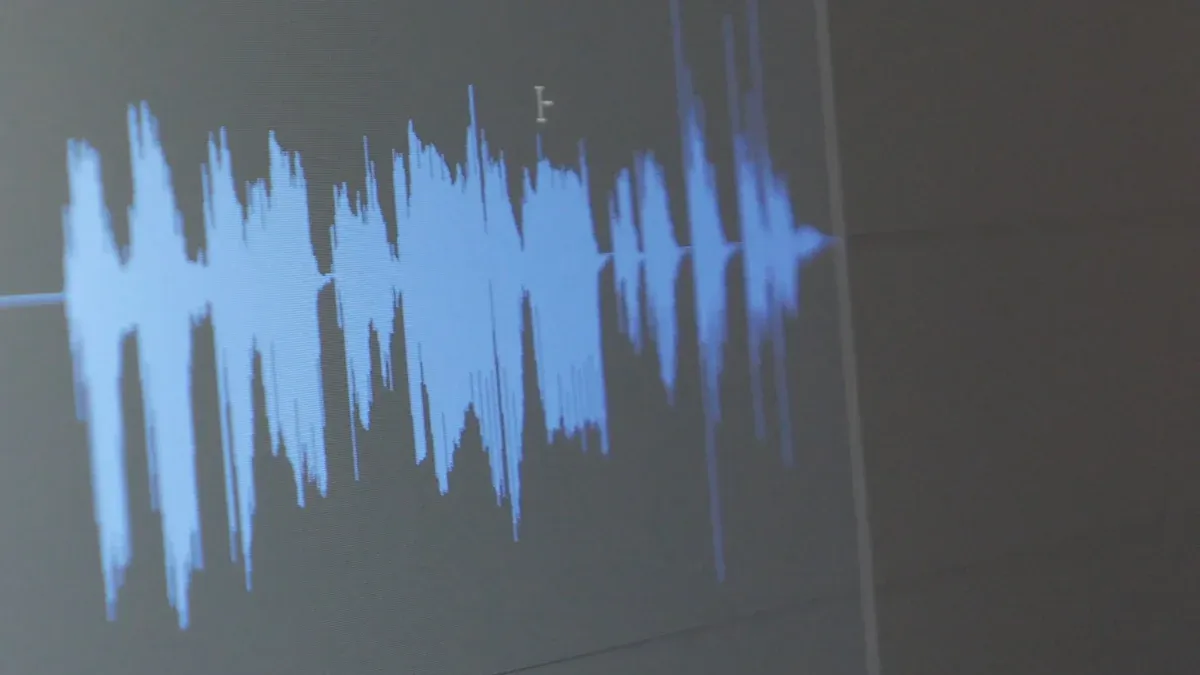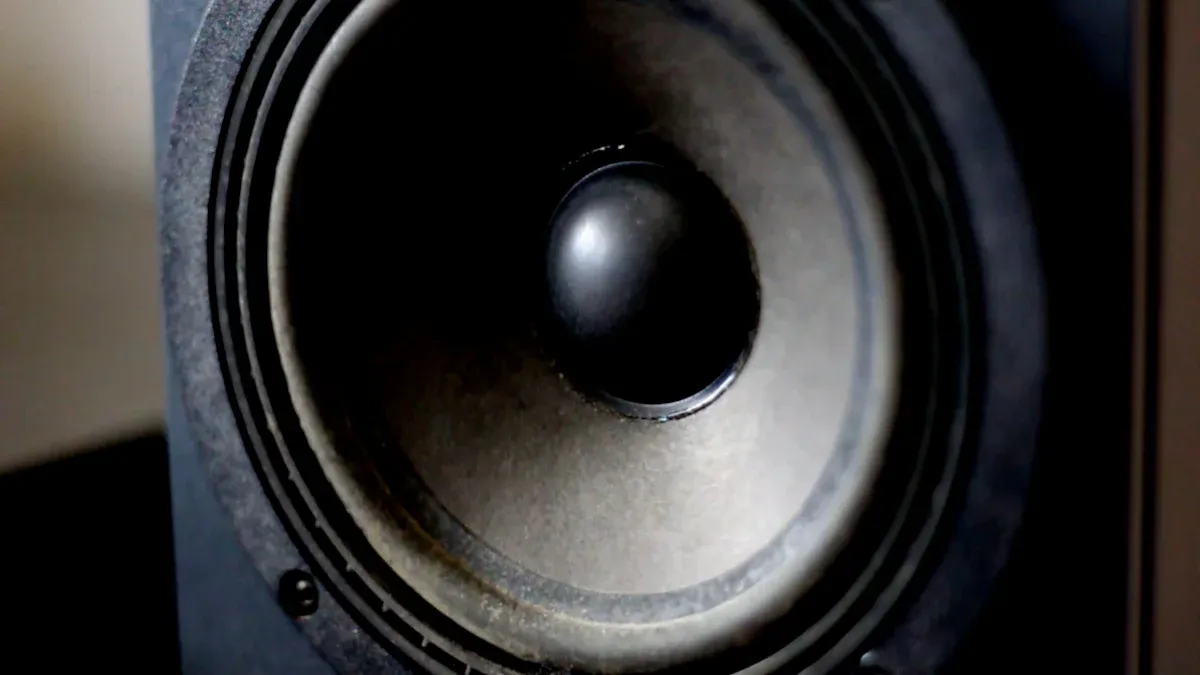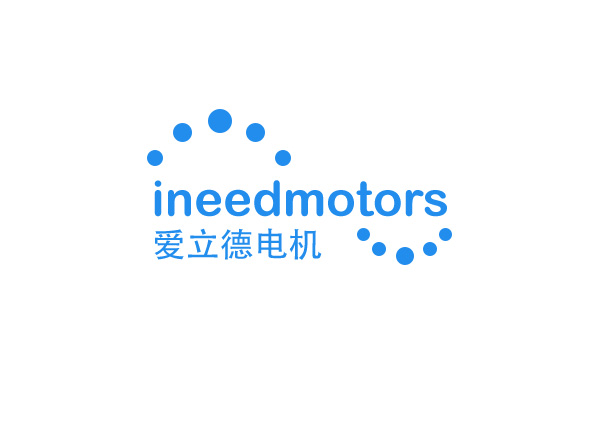5 Questions Answered on Vibration Frequency vs Occurrence

You might think vibration frequency and vibration occurrence are the same, but they are not. Think about a bell. How many times you ring it is the occurrence. How fast it shakes after each ring is the frequency. Many technicians mix up these words. They only look for big vibration spikes. They miss small but important signs in machines or planes. Vibration frequency shows how fast the cycles repeat. It does not show how often the vibration happens. Knowing the difference helps you find problems early. It also keeps equipment safe and working.
Key Takeaways
Vibration frequency shows how fast a part moves each second. Vibration occurrence tells how many times vibration happens over time. Using both frequency and occurrence data helps find machine problems early. This can stop expensive breakdowns. Special sensors like accelerometers and vibration analyzers measure these things. They help check if machines are working well. Vibration analysis works for many machines like planes, motors, and pumps. It helps keep equipment safe and working right. Checking vibration frequency and occurrence often helps with predictive maintenance. It also helps machines last longer.
1. Vibration Frequency Basics
Definition
What is Vibration Frequency?
Vibration frequency means how many times something vibrates each second. It is measured in Hertz (Hz). If a part moves back and forth ten times in one second, its vibration frequency is 10 Hz. This does not mean how often you use the machine. It is about how quickly the part moves when the machine is running.In vibration analysis, you check vibration frequency to see how a system acts. Every machine has natural frequencies where it vibrates more easily. If something pushes the machine at these points, the vibration can get much stronger. This is why knowing the vibration frequency is important when you look at vibration data.
Measurement
How Do You Measure Vibration Frequency?
Special tools are used to measure vibration frequency. The most common tool is an accelerometer. It sticks to the machine and turns movement into an electronic signal. This signal is collected as vibration data.In factories, people use digital frequency meters, oscilloscopes, or vibration analyzers with Fast Fourier Transform (FFT). These tools split the vibration data into different frequencies.
Handheld vibration analyzers or laser sensors can also be used for measuring without touching the machine.
When measuring vibration frequency, you must set up your sensor the right way. Good calibration and low noise help you get clear data.
Measuring vibration frequency well is very important in vibration analysis. It helps you find problems early. If a part starts to wear out, its vibration frequency might change. By watching the vibration data, you can fix things before they break.
Examples
Where Do You See Vibration Frequency?
In electric motors, you check vibration frequency to find problems with bearings or rotors.
Water pumps use vibration sensors to watch for extra movement.
Gearboxes and conveyor belts need vibration analysis to catch early signs of trouble.
Fans and compressors use vibration data to keep working well.
Wind turbines use vibration sensors to find gear or bearing problems.
Even washing machines show forced vibration frequency when they spin.
Vibration analysis uses vibration data from all these machines. By checking the vibration frequency, you can keep equipment safe and make it last longer.
2. Vibration Occurrence Explained
Definition
When you look at vibration occurrence, you check how often a vibration event happens. In machines, vibration means parts move back and forth. This is like a mass on a spring with a damper. The movement follows Newton’s second law. There is a formula for this: mẍ + cẋ + kx = Ft. Here, m is mass, c is damping, k is stiffness, x is displacement, and Ft is the force. You use the mass’s position to watch the vibration. Some vibrations happen in a pattern. Others are random and do not repeat. You need to count how many times these events happen. This helps you know if the system is healthy.
Tip: If you know the difference between regular and random vibration occurrence, you can find machine problems early.
Measurement
You measure vibration occurrence with special sensors and tools. These sensors collect vibration data from machines and buildings. Here are some ways to measure vibration occurrence:
Use accelerometers, velocity sensors, or proximity probes to get vibration data.
Watch the amplitude, frequency, and phase of the vibration signal.
Look at the vibration data to see how often events happen.
Compare the amplitude to alarm limits to find strange events.
Use vibration monitoring systems to collect and study data over time.
Turn vibration data into digital form for trend checks and waveform tests.
Pick the right sensor for your machine and the frequency you want to watch.
Vibration monitoring helps you see changes in vibration data. This lets you plan repairs before something breaks.
Examples
You can see vibration occurrence in many real-life systems. For example, you test car suspensions by sending vibration through them. This shows how they handle bumps and rough roads. You also check buildings for vibration. This helps you know if they can stand up to earthquakes or strong winds. In factories, you use vibration monitoring to keep machines working well. You collect vibration data from engines, bearings, and gearboxes to find problems early. Aircraft engines need constant vibration checks to catch issues before they get bad. Trains use vibration data to check wheels and tracks for trouble. You can even use vibration monitoring with AI to guess when a part might break.
Note: Vibration occurrence is very important for system checks. By watching vibration data, you keep equipment safe and stop big breakdowns.
3. Frequency vs Occurrence
Key Differences
It is important to know how vibration frequency and occurrence are not the same. Vibration frequency tells you how quickly something vibrates. This is measured in Hertz. Occurrence tells you how many times a vibration event happens over time. You need both for vibration analysis. Frequency helps you figure out what kind of problem you have. Occurrence helps you see how often the problem shows up.
For example, sometimes a vibration event happens just once. Other times, it happens again and again. This helps you know if a problem is random or keeps coming back.
Feature | Vibration Frequency | Occurrence |
|---|---|---|
What it shows | Speed of vibration cycles | How often events happen |
Measured in | Hertz (Hz) | Number of events |
Use in analysis | Find fault type | Track fault timing |
Relationship
Vibration analysis lets you connect frequency and occurrence. When you watch machines, you collect vibration data over time. You look for patterns in this data. Fast Fourier Transform (FFT) changes time signals into frequency data. This helps you find fault-related frequencies. Empirical Mode Decomposition (EMD) breaks the data into smaller parts. You compare new data to healthy machine data. If the same vibration frequency starts to happen more often, a fault may be starting.
By checking both the frequency and how often it happens, you can spot problems early and fix them before they get worse.
Scenarios
There are many times when you must tell the difference between vibration frequency and occurrence. Here are some examples:
You check rotating machines for imbalance, misalignment, or looseness. Vibration analysis shows frequency spikes that match these problems.
You use frequency analysis to find synchronous peaks for imbalance or misalignment.
You look for asynchronous peaks to find shocks or impacts that do not match normal cycles.
You use time waveform data to catch rare or sudden vibration events that frequency analysis might miss.
You watch for sub-synchronous peaks to find loose bearings or belt problems.
You track how often certain vibration frequencies show up to see if a problem is getting worse.
You use vibration analysis to plan repairs and stop machine failure.
Tip: Always use both frequency and occurrence in vibration analysis. This helps you understand machine health and avoid big breakdowns.
4. Practical Applications in Aircraft and Industry

Actuator Design
You help design actuators for planes. You need to know about vibration frequency and occurrence. When you use Macro Fiber Composite actuators, higher vibration frequency makes more sensing voltage. You must control how often vibrations happen and how fast they go. In planes, active vibration cancellation systems need good timing. If you ignore chaotic vibration occurrence, the system can become unstable. Chaotic vibrations can make noise and cause damage. You stop these problems by learning what causes them. This keeps plane systems working well. You use vibration analysis and monitoring tools to get data. You look at this data for patterns. You use condition monitoring to find changes early. This helps with predictive maintenance and keeps machines healthy.
Tip: Always check both vibration frequency and occurrence when you design actuators for planes. This helps you avoid big problems later.
Vibration Analysis
You use vibration analysis a lot in planes and factories. You collect data from sensors during condition monitoring. You look for changes in vibration frequency and occurrence. If you only watch frequency, you might miss rare events. These events can show early faults. You use portable vibration analyzers to get data anywhere. You use vibration analysis software to study this data. You track how often certain vibration patterns show up. This helps you plan repairs before things break. You use condition monitoring to keep planes safe. You also use vibration monitoring to stop breakdowns. You keep machines healthy by fixing problems early.
Use vibration analysis to:
Watch plane engines
Check gearbox health
Plan repairs before failure
Stop costly downtime
Haptic Feedback
You feel haptic feedback in many devices. In plane cockpits and controls, vibration alerts pilots. You must set the right vibration frequency for clear signals. Linear resonant actuators work best at their resonant frequency. This gives strong feedback and saves power. You can control frequency and amplitude by themselves. Eccentric rotating mass motors link frequency to speed, so you have less control. Studies say the best vibration frequency for haptic feedback is between 150 Hz and 180 Hz. You use condition monitoring data to set these levels. You use vibration analysis to test feedback quality. You use predictive methods to keep systems working well.
Note: Good haptic feedback in planes needs the right vibration frequency and careful checks of occurrence.
5. Choosing What Matters Most
When to Focus on Frequency
You should look at vibration frequency to find early machine problems. Vibration analysis helps you see issues before they get worse. Many jobs use frequency checks to keep equipment safe. You can use condition monitoring to watch vibration changes over time. Here are some times when frequency is most important:
Industry Sector | Vibration Testing Type | Focus and Application |
|---|---|---|
Aerospace & Defense | Sine, Random, Mechanical Shock | Find resonance, test parts under stress |
Automotive | Random, Sine | Test parts during use and transport |
Telecommunications | Vibration testing | Check product reliability |
Consumer Electronics | Sine, Random | Test durability of components |
Vibration analysis software splits vibration signals into frequency parts. This helps you find problems like imbalance or bearing wear. Predictive maintenance uses this data to plan repairs before things break. You should focus on frequency when you need to:
Find faults early with condition monitoring.
Figure out the fault type using vibration analysis.
Keep machines working longer and safer.
When to Focus on Occurrence
You should look at vibration occurrence to catch rare or sudden events. Some problems only show up as quick spikes or impacts. Time domain vibration analysis helps you see these events. You use condition monitoring to watch for changes in how often these events happen. Here are times when occurrence is most important:
You need to watch machines with random or rare faults.
You want to catch impacts, shocks, or sudden changes.
You use predictive maintenance to stop failures from rare events.
You check for faults that do not show up in frequency data.
Tip: Use both frequency and occurrence data for the best vibration analysis. This gives you a full view of machine health.
Tips
You can make your vibration analysis better by following these tips:
Use portable sensors to measure vibration at different spots. This helps you compare data and find the cause.
Put fixed sensors in hard-to-reach places for constant monitoring.
Set normal vibration levels for each machine. This helps you spot strange vibration fast.
Collect and check vibration data often. This helps with predictive maintenance and keeps machines healthy.
Match your monitoring method to the machine’s importance, failure risks, and where it is used.
Use both frequency and occurrence analysis to help find the real cause of failure.
Remember, condition monitoring and predictive plans work best when you use all your data.
Note: Regular condition monitoring and vibration analysis help you avoid expensive breakdowns and keep machines healthy.
You have learned that vibration frequency is how fast a part moves. Vibration occurrence is how many times a vibration event happens. Here is a simple table to help you remember:
Feature | Vibration Frequency (Hz) | Vibration Occurrence (Events/sec) |
|---|---|---|
What it means | Cycles per second | Number of events per second |
Example | Heartbeat at 1-2.5 per second |
When you use vibration analysis in planes, you can find problems early. You keep planes safe by checking both vibration frequency and occurrence. This helps you take care of planes and stop failures. Try using vibration analysis tools and pictures to make your work with planes better.
FAQ
What is the main difference between vibration frequency and occurrence?
Vibration frequency shows how quickly something vibrates. It is measured in Hertz (Hz). Vibration occurrence tells you how many times a vibration event happens. You need both to check if a machine is healthy.
Why should you care about vibration occurrence in machines?
Watching vibration occurrence helps you find rare or sudden problems. This lets you fix things before they break. Checking often keeps machines safe and working longer.
How do you measure vibration frequency?
You use tools like accelerometers or vibration analyzers. These tools collect data and show the vibration frequency in Hertz. You can compare this to what is normal for the machine.
Can vibration frequency and occurrence change at the same time?
Yes, both can change if a machine has a problem. For example, a worn bearing might vibrate faster and more often. You should watch both to find problems early.
What happens if you mix up frequency and occurrence?
If you mix them up, you might miss early warning signs. You could fix the wrong thing or miss a big problem. Always check both for the best results.
See Also
Three Methods Frequency Influences Vibration Effects Explained
Comparing Vibration And Frequency To Improve Motor Specs
How Frequency And Vibration Affect Motor Performance Insights
Simple Three Step Guide To Interpret Vibration Frequency
Understanding Resonance And Frequency In Vibration Engineering
Get Custom Micro DC Motors from
INEED Motors!
Leading Brand in Vibration Motor Manufacturing Industry
